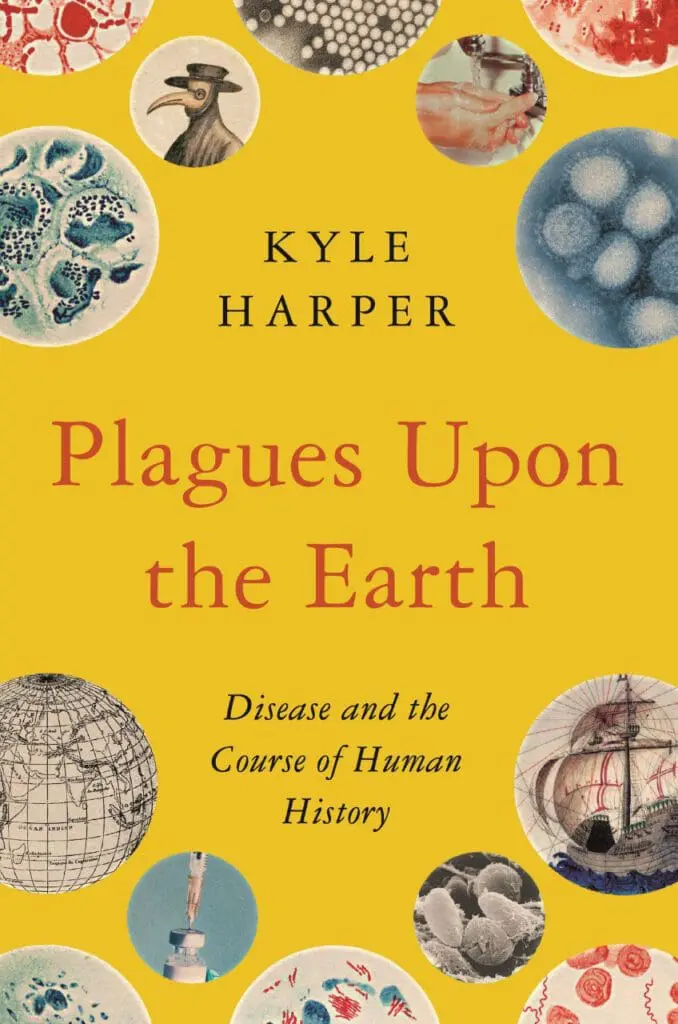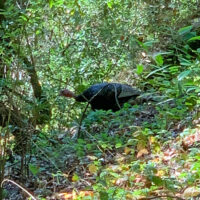
I’ve been reading a really interesting book about the intertwined evolution of humanity and its parasites and pathogens called Plagues Upon the Earth, by Kyle Harper. He’s a professor of classics and letters at the University of Oklahoma. Which may account for why the book, despite the nature of its subject, is a real page-turner. Although there are paragraphs throughout where he provides Too Much Information on, say, just how the nasty worm he’s describing gets into a human body and bypasses or defeats its defenses. Those I tend to just skip over :).
But the vast majority of the book is fascinating, because it makes connections with history (and pre-history) that I haven’t seen explored elsewhere. It brings to mind the work that Jared Diamond did many years ago in Guns, Germs and Steel: things that appear disconnected and “random” are anything but when you look at them the right way.
I’ll never look at the ordinary housefly again the same way. They’re not just an annoyance, they’re a lethal enemy who “deserve” to be killed on sight. And I have a much better appreciation for footwear: walking barefoot on dirt is surprisingly dangerous, particularly in tropical or semi-tropical areas — absolutely don’t do it there!
But it’s not just a series of cautionary tales. For example, most people are aware that many of our “crowd diseases” jumped the species barrier to humans from our domesticated animals. But that barrier is porous both ways: recent genetic sequencing research has shown that a serious disease infecting cows came from us, not the other way around.
Because we inhabit vastly more diverse environments than any other mammal we suffer from a much larger, and more diverse, pool of parasites and pathogens. Whenever we move to a new area, we become a tasty target for whatever lives there…and then we carry the ones that “successfully” attack us to our next stop.
There are interesting echoes of our combat with diseases in our genes. It’s widely known that sickle cell anemia hasn’t bred itself out of our species because it provides some resistance to malaria. In fact, our genes encode quite a few other “bad but helpful in fighting malaria” adaptations.
But something I didn’t know until reading this book is that there was mutation in Africa long ago which dramatically reduces the ability of the malaria parasite to invade red blood cells1. It’s very widespread among African populations…but not among the other human races because the mutation occurred after humans migrated out of Africa.
There’s even a lesson that bears on the debate about whether COVID-19 evolved naturally or was engineered somewhere. The biochemical tricks used by certain of our pathogens (e.g., the one that causes typhoid) are amazingly subtle2…and clearly emerged via evolutionary processes because they occurred long ago3. COVID-19’s “cleverness” is actually pretty run-of-the-mill, and hardly surprising given that it was endemic to a large population of wild animals4.
Definitely worth reading!
it’s a change to the cell surface receptor the parasite uses to gain entry ↩
our immune systems, despite the fact we get sick all too often, are immensely powerful — they just face correspondingly powerful opponents ↩
unless you want to postulate visits by nefarious aliens or ancient advanced secret civilizations ↩
the denser the population the more rapidly the pathogens that prey on them evolve ↩














































